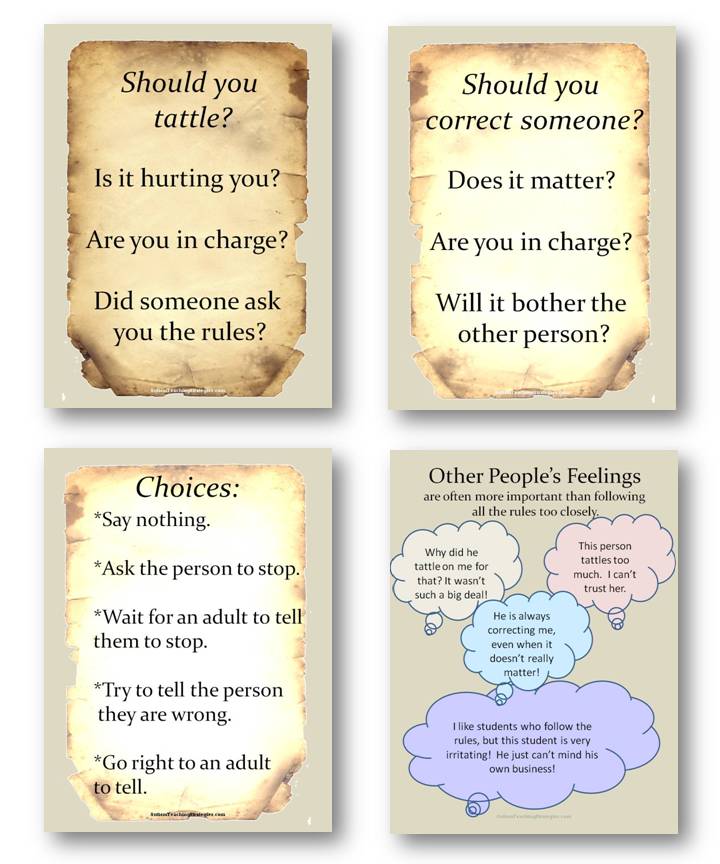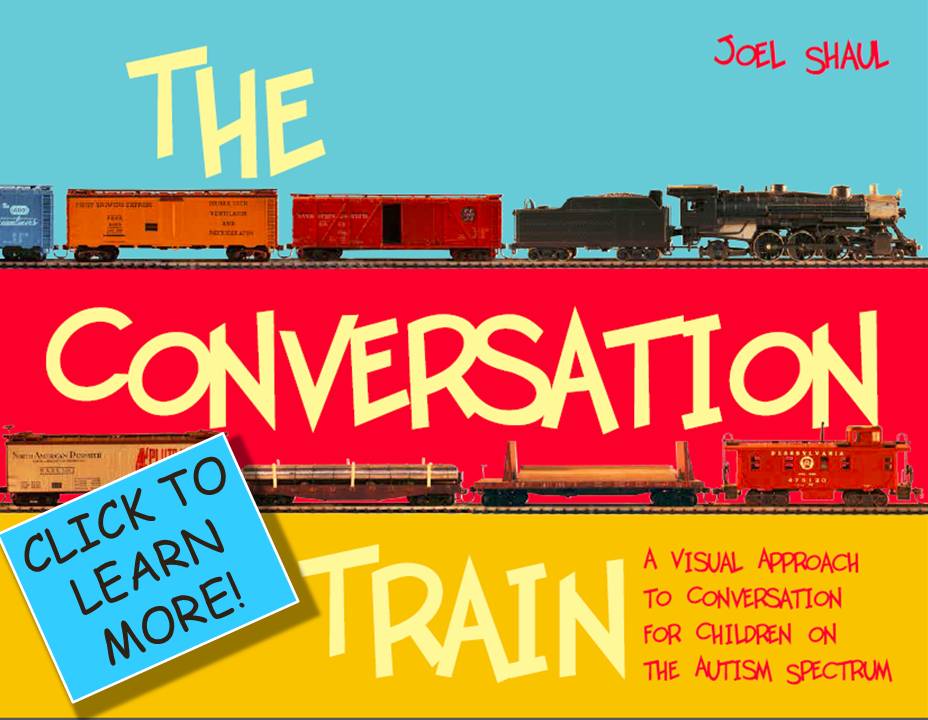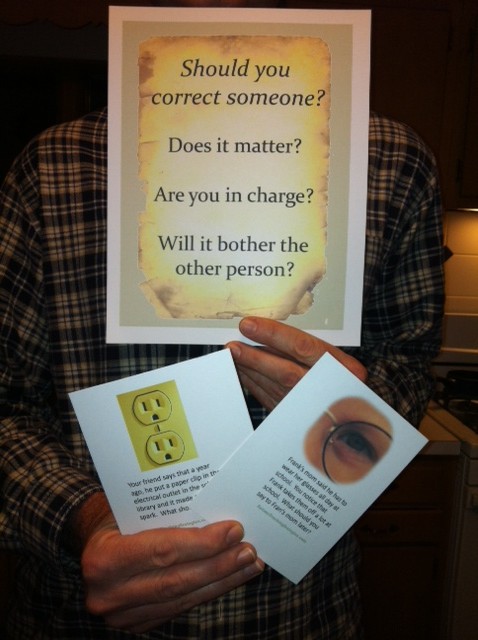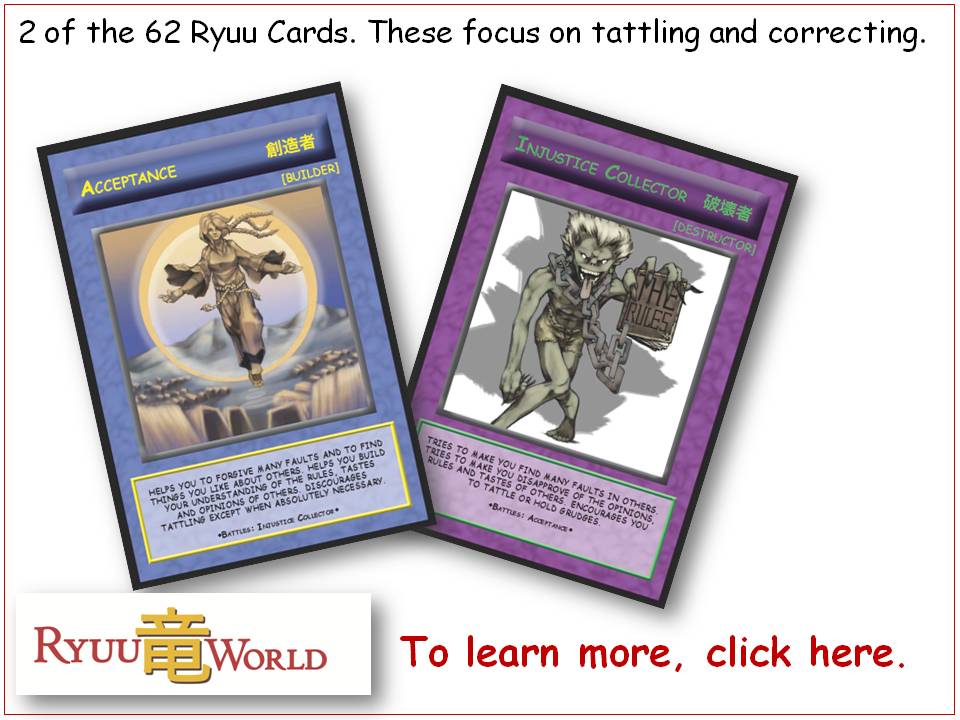Image may be NSFW.
Clik here to view.
Tattling and correcting and children with Asperger’s
If you work with children on the autism spectrum, then you are aware of their motivation to order their social world by applying and imposing rules. If something does not seem right to them, many children with Asperger’s and other autism spectrum disorders will speak right up. Discerning when to refrain from correcting someone, or tattling on them, can be really tricky for them to learn. Many kids with ASD cannot easily predict how their social network might react to their pointing out repeatedly that “Robert does not like to be called Rob!” or tattling on peers on the playground because they called the teacher something naughty behind her back.
Years ago, I read a couple books by Jed Baker, PhD, in which he tackled the issue of tattling and correcting in an elegant manner. He created short rubrics to help kids on the autism spectrum to master the basics of these social skills. In my own experience, children seem to really appreciate having these social skills explained in this manner. In the downloads below, you will find the basic elements of his rubric, though I made some small changes.
How to use the Tattling and Correcting Cards:
When you use these cards and teach this social skill to kids on the spectrum, I suggest:
*Post the tattling and correcting rubrics prominently, and refer to them often
*Use a chalk board or dry erase board to create thought bubbles often, for the purpose of showing how other people respond to overly frank and candid correction statements and tattling
*Do “Flawed Adult Role Plays.” This means that you play the role of someone who is overzealous or indiscreet in pointing out a fault or reporting on someone else’s rule infraction. Then, ask the children to use the posted Correcting and Tattling rules to point out your problems.
*Plant specific cards in the deck which have particular relevance to the children you are assisting. Remove cards that seem irrelevant or incongruent with the age of the kids with ASD you are working with.
*Just use the panels, and not the cards, if you like. The panels are good to put on the wall if you have issues with tattling in your classroom. Right below here is a picture showing the panels alone without the cards.
Image may be NSFW.
Clik here to view.
How to make the cards and other materials:
FOLLOW THE FOLLOWING LINK TO THE PDF DOWNLOAD PAGE
In case you prefer to “show” this activity, rather than printing it and cutting it out, here is a PowerPoint version:
Tattling & Correcting Cards PowerPoint version
I enjoyed creating these illustrated cards. I hope you enjoy using them.
Joel Shaul, LCSW
Image may be NSFW.
Clik here to view.
Image may be NSFW.
Clik here to view.
Image may be NSFW.
Clik here to view.


